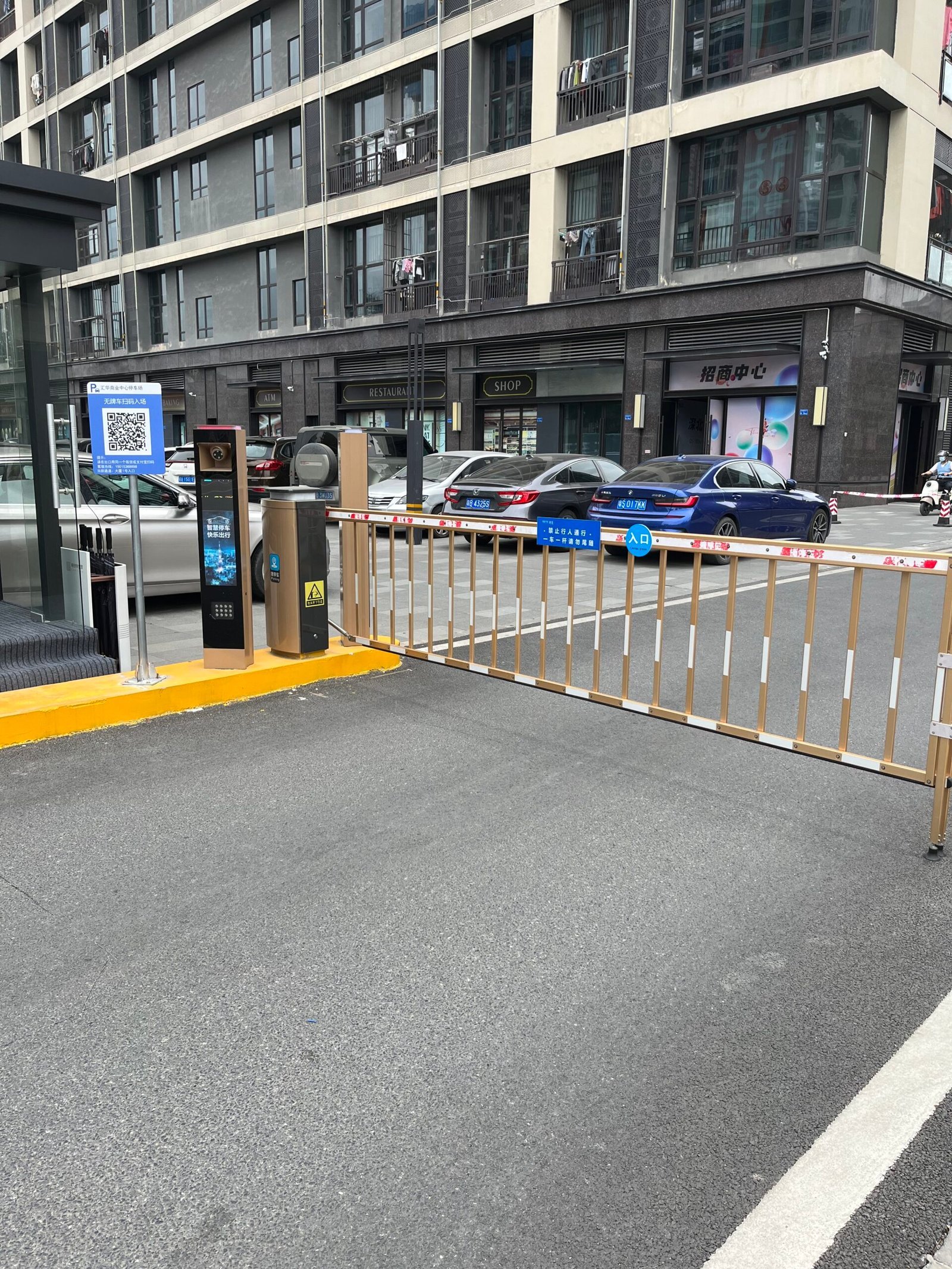Introduction to License Plate Recognition (LPR)
License Plate Recognition (LPR) technology offers a seamless way to automate access control for vehicles. Utilizing cameras that can capture and analyze vehicle license plates, LPR systems allow gates and barriers to operate automatically, enhancing security and operational efficiency. These systems are particularly useful in settings such as commercial real estate, gated communities, and controlled parking areas (Avigilon) (Inex Tech) (Quiko Italy).
How LPR Systems Work
An LPR system typically comprises high-definition cameras, including infrared (IR) capabilities for low-light conditions, and software for plate recognition and data management. These cameras capture images of vehicle license plates and, using software algorithms, convert the plate numbers into digital data. This data is then compared against a database of registered vehicles to determine whether access should be granted (Avigilon) (Inex Tech) (ButterflyMX®).
Key Components of LPR Systems
- ALPR Cameras: These specialized cameras are designed to capture clear, readable images of license plates from vehicles traveling at various speeds and in different lighting conditions. Some systems integrate dual sensors (IR and color) and on-board processing to enhance image clarity and recognition accuracy (Inex Tech).
- Software and Integration: The heart of an LPR system lies in its software capabilities, which include real-time processing, data comparison, and integration with existing security or access control systems. This software can manage access permissions, monitor entry and exit logs, and even integrate with other security measures like CCTV (Avigilon) (Inex Tech).
- Database Management: Effective LPR systems maintain a robust database that stores vehicle registration information, which is essential for tracking authorized and unauthorized vehicles. Advanced systems allow for easy database searches and integration with other security databases for comprehensive monitoring and control (ButterflyMX®).
Benefits of LPR in Different Settings
- Commercial and Retail: Enhances security by controlling vehicle access and can integrate with customer loyalty programs to reward frequent visitors.
- Residential Communities: Provides a secure and efficient method of managing vehicle entries and exits, reducing the need for manual gatekeepers and improving residents’ convenience.
- Law Enforcement: Assists in traffic management, law enforcement, and public safety operations by tracking vehicles and accessing vehicle registration information quickly and accurately (Avigilon) (Quiko Italy).
Installation Considerations
Installing an LPR system involves careful planning to ensure optimal camera placement, adequate lighting, and proper integration with existing infrastructure. It is advisable to work with experienced professionals who can customize the setup based on specific site requirements and provide ongoing support and maintenance (Inex Tech) (ButterflyMX®).
Conclusion
LPR technology represents a significant advancement in security and access control systems, offering a reliable, efficient, and scalable solution for managing vehicle access. As technology evolves, the integration of LPR systems with other smart technologies continues to enhance their effectiveness and application across various industries.


